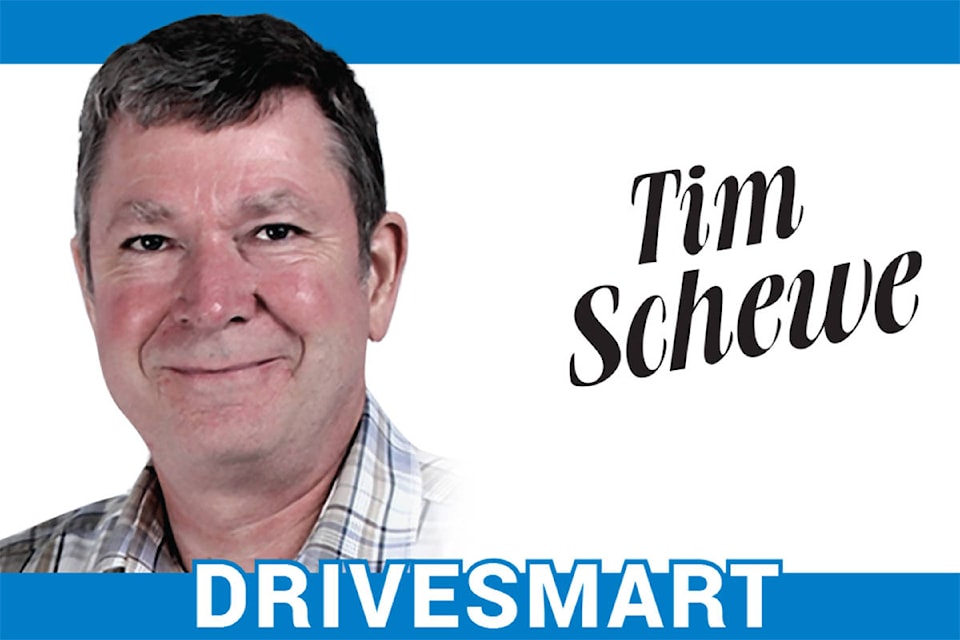By Tim Schewe
What happened the last time that you decided to deal with a road safety problem? Were you successful in your quest? Were your views taken “for information purposes?” Did you get sucked into the whirlpool of “that’s not my job” or worse still, ignored completely?
As taxpayers, we expect the appropriate level of government or the police to solve them for us. This is one of their jobs and we pay them to do that. How would you rate their service in this regard and why do you rate it that way?
For the most part, if the situation is an emergency, it receives high priority for attention and resolution. A washed out highway or a serious collision will be dealt with immediately by the appropriate resources.
A dangerous driver or malfunctioning traffic signal may receive slightly less attention depending on the level of concern, location and resources available.
But what happens when you have a complaint about a nuisance or a potential problem? If you are lucky, it will be responded to within a reasonable amount of time. If not, your wishes could either be ignored or even actively discouraged. What to do?
DriveSmartBC is sometimes asked for help when this doesn’t happen.
Thinking that I could provide a resource, I created a Self Help topic in the discussion forum. Over the seven years that it has existed very little has been discussed.
Perhaps an example might be useful to guide others, so I resolved to make a special effort to involve myself and document it in Self Help.
The opportunity came from Kelowna. The gentleman that contacted me lived in a gated community that was accessed from a busy road. He felt that a left turn lane was needed to allow for safe turns into the community but the City of Kelowna felt otherwise.
I began e-mail correspondence with him to define the problem, find a suitable solution and promote it for resolution.
It quickly became apparent that the perception of the problem was the speed of vehicles on the road and the only solution that he would consider was the turn lane.
After a half dozen volleys, he decided that I wasn’t on his side and that he would look elsewhere for a solution.
The other side of this coin is a community action group in the Hillside-Quadra area of Victoria. Not only do they react to problems, they actively consider pending changes to their community and provide considered feedback to city council in an effort to positively influence those changes.
This is a very good example of what a community can do, both to solve and prevent road safety problems.
Like anything else in life, you need to look at your particular road safety issue and decide whether you want to deal with it and how much time and effort you want to invest.
If the problem is not that important to you, then report and forget is probably the appropriate choice.
If you do decide to take action, there is no shortage of information to use to advantage today. A bit of time with your favourite search engine may find an issue exactly like yours, what was done to solve it and maybe even contact information for those involved. Reach out and ask for help.
Now persist in your quest. Learn about the issue. Document your observations. Enlist others. Contact authorities, write letters to the editor, blog, post on social media. Be thoughtful and reasonable. Respect others.
It may seem like water wearing away stone, but you can make a difference if you really want to.
Tim Schewe is a retired constable with many years of traffic law enforcement. To comment or learn more, please visit DriveSmartBC.ca
